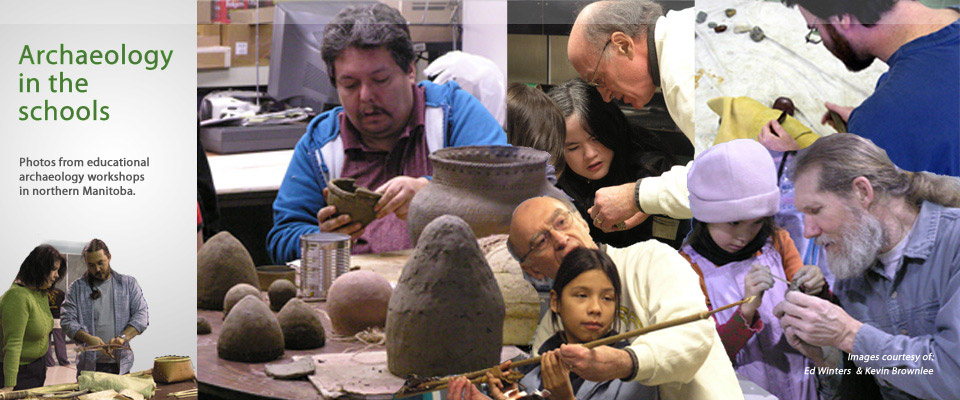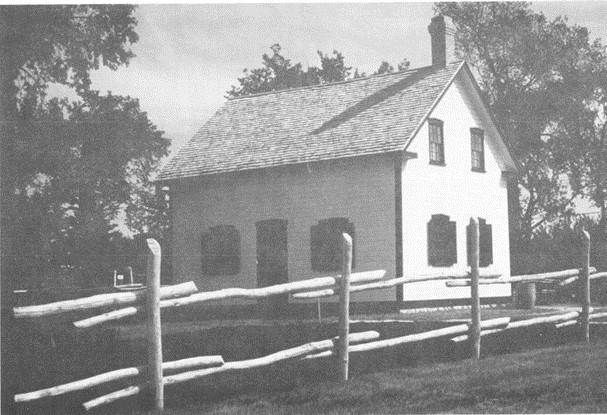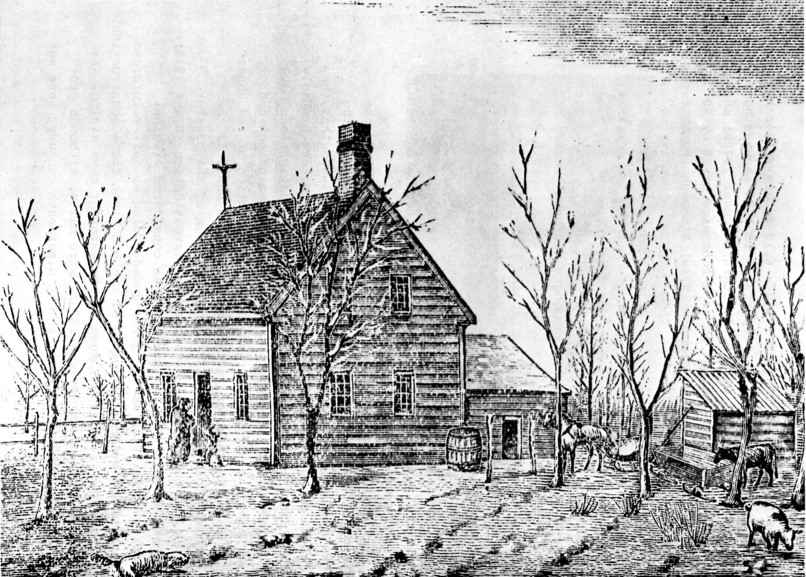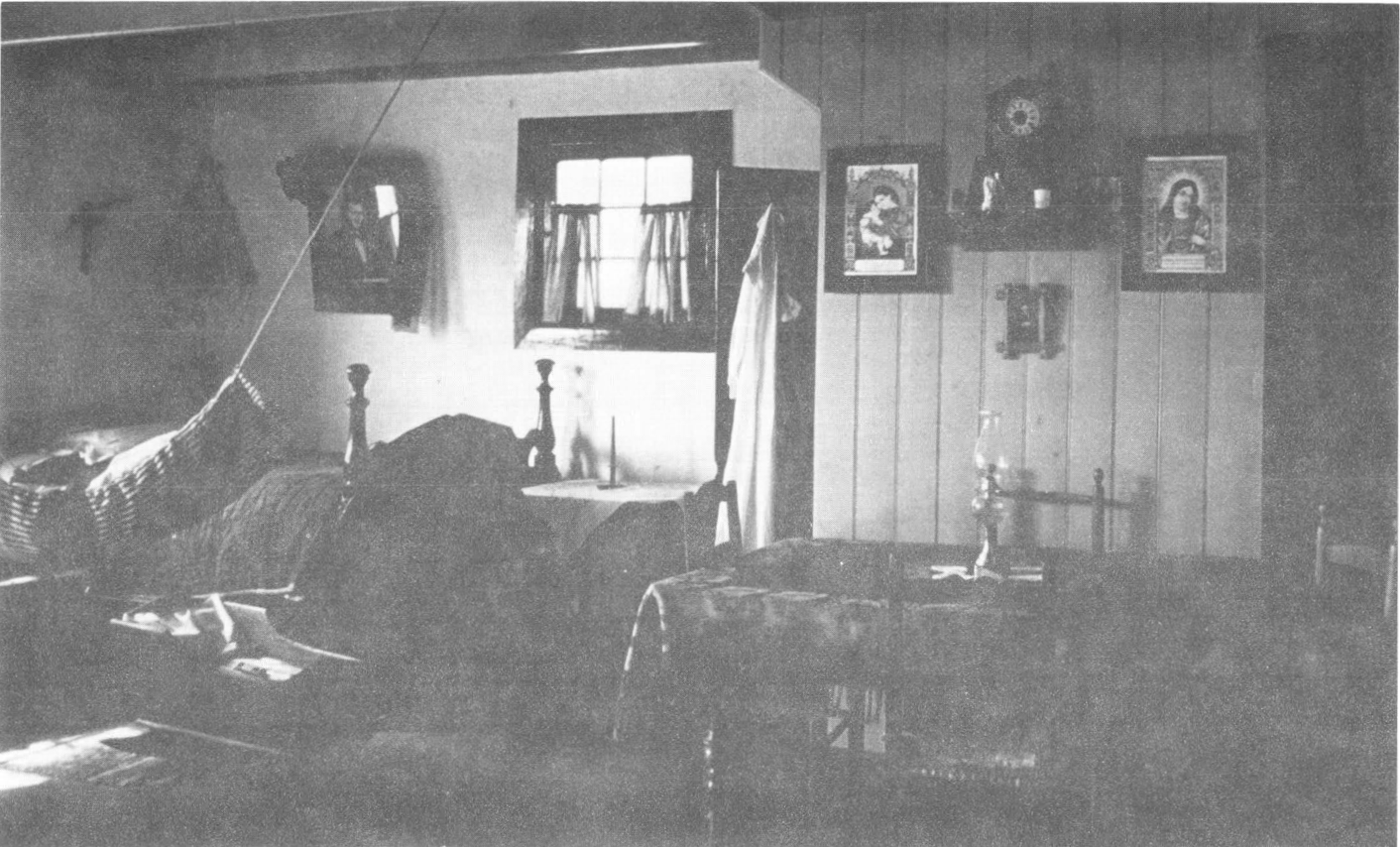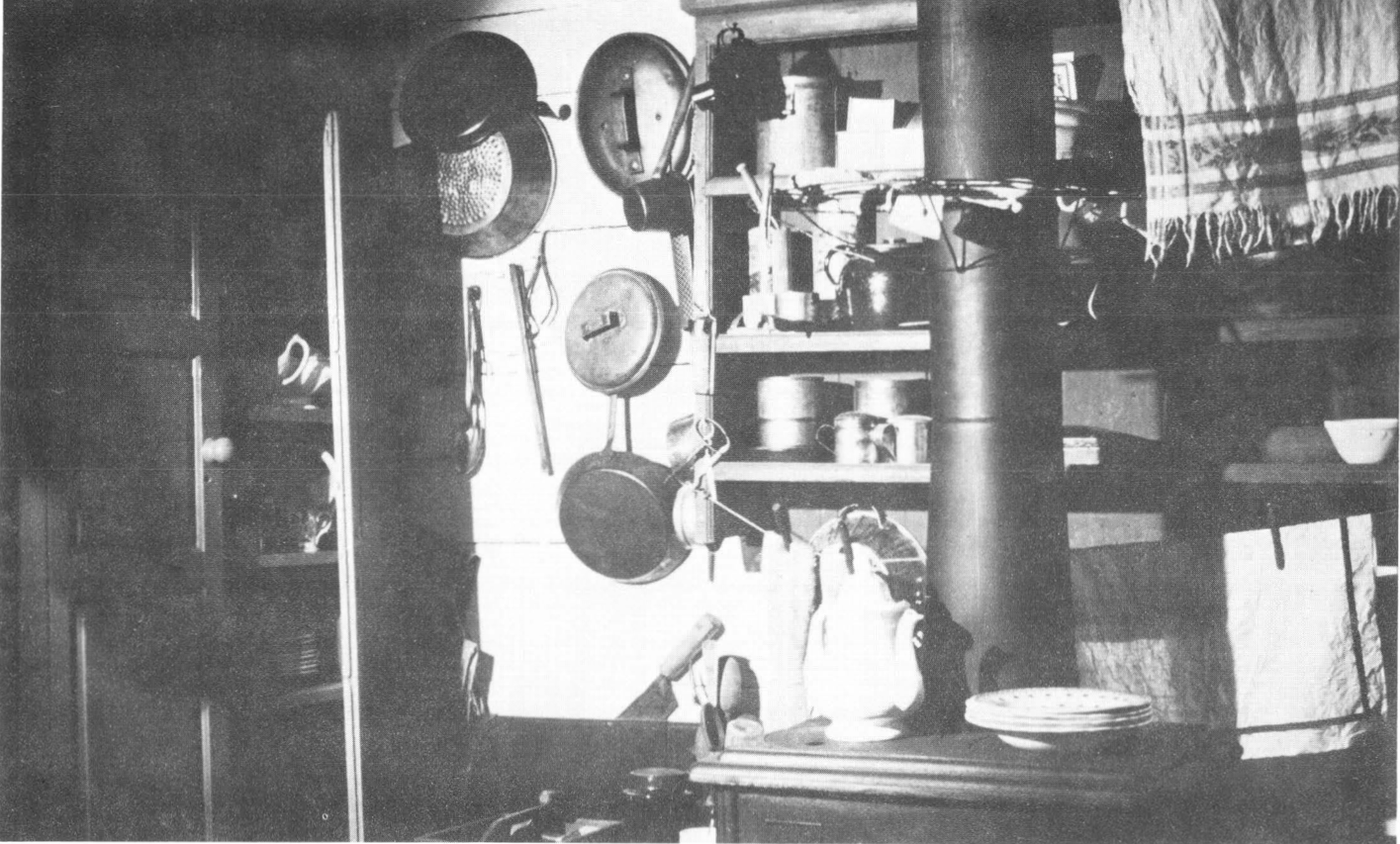Riel House
Situated in St. Vital, Manitoba, the three-room structure was the home to Louis Riel, his widowed mother, Julie Lagimodière, his wife, Marguerite, and his siblings. Louis Riel resided at this house until the capture of Upper Fort Garry and the formation of the Provisional Government in 1869. Riel House was designated a National Historic Site in 1969, and is the only existing structure related to the family life of Louis Riel in Manitoba. After almost a decade of research and restoration to the period following Riel’s “lying in state” in the house in 1885, the House was opened to the public by Parks Canada in 1980. |
Riel House as restored by Parks Canada |
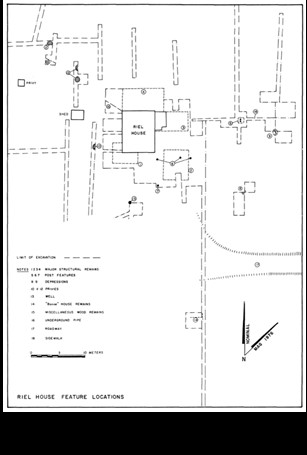 |
Construction and Site Layout Parks Canada excavated the site in 1976 with the express purpose of recovering artifact and structural data to provide background to the site’s development and the family life of Louis Riel. These excavations found that Riel House land consisted of two major residential structures, an annex, four major depressions (interpreted as privies), post features, a well, a roadway, and a sidewalk. A stable and fencing were present in the 1870s, as well. One of the two residential structures was demolished before 1850. The other was completely “reconstructed” and modified in the early 1880s. The Parks Canada excavations have confirmed that the building visitors currently see on the site is indeed the house once occupied by the Riel family. The Riel House rested on a field stone foundation and the spaces between the logs were filled or 'chinked'. Like most permanent dwellings by the late 1870's, the house was sided. It consisted of a living area, two bedrooms (occupied by Riel’s mother and wife), and an undeveloped upper level that was most likely used as sleeping quarters. The upstairs had been subdivided into four bedrooms by 1885 when six adults and six young children resided there at least semi-permanently. The annex may have been erected at the same time as, or slightly later than, Riel House. Historical analogy indicates that such structures often functioned as a storage facility and/or as a kitchen in summer; however, in 1899 Joseph Riel obtained a Post Office franchise and this wing may have been the business location until a shed addition was erected. The annex was dismantled between 1907 and 1915. The image on the left shows feature locations identified through 1976 Parks Canada excavation. |
|
Woodcut image of the Riel family home in 1885
|
Interior and Lifestyle Evidence on the Riel home and lifestyle in the 1870's attests to humble lodgings and limited financial resources, but in an atmosphere of solidarity, resourcefulness, and self-sufficiency. The main source of livelihood for the family was farm and garden activity; among the major crops were oats, wheat, barley, hay, peas, turnips, carrots and potatoes. Pigs and cows and possibly sheep provided milk and meat. There is evidence the family was making butter, baking bread, gathering berries and the sap of Manitoba maples for sugar. There were few if any outbuildings for storing goods since they had to be transported to a neighbour's. |
The house was sparsely furnished, but was decorated with family photographs, religious articles, and paintings sent home as gifts from Louis during his exile. The family subscribed to local newspapers such as Le Métis and Le Manitoba and received periodicals from Québec. At the time of Riel's trial and execution, the family read all reports of the proceedings. Countless notes of sympathy and eulogies were received at the St. Vital home.
|
Interior view of Riel House |
Kitchen utensils and stove in Riel House |
Resources
Forsman, Michael
1977 Archaeological Investigations at Riel House, Manitoba, 1976. Parks Canada Manuscript Report, Number 406.
Pannekoek, Frits
1984 Riel House: A Critical Review. Archivaria 18:255-262.
Payment, Diane
1980 Riel Family: Home and Lifestyle at St. Vital, 1860-1910. Parks Canada Manuscript Report Number 379.

